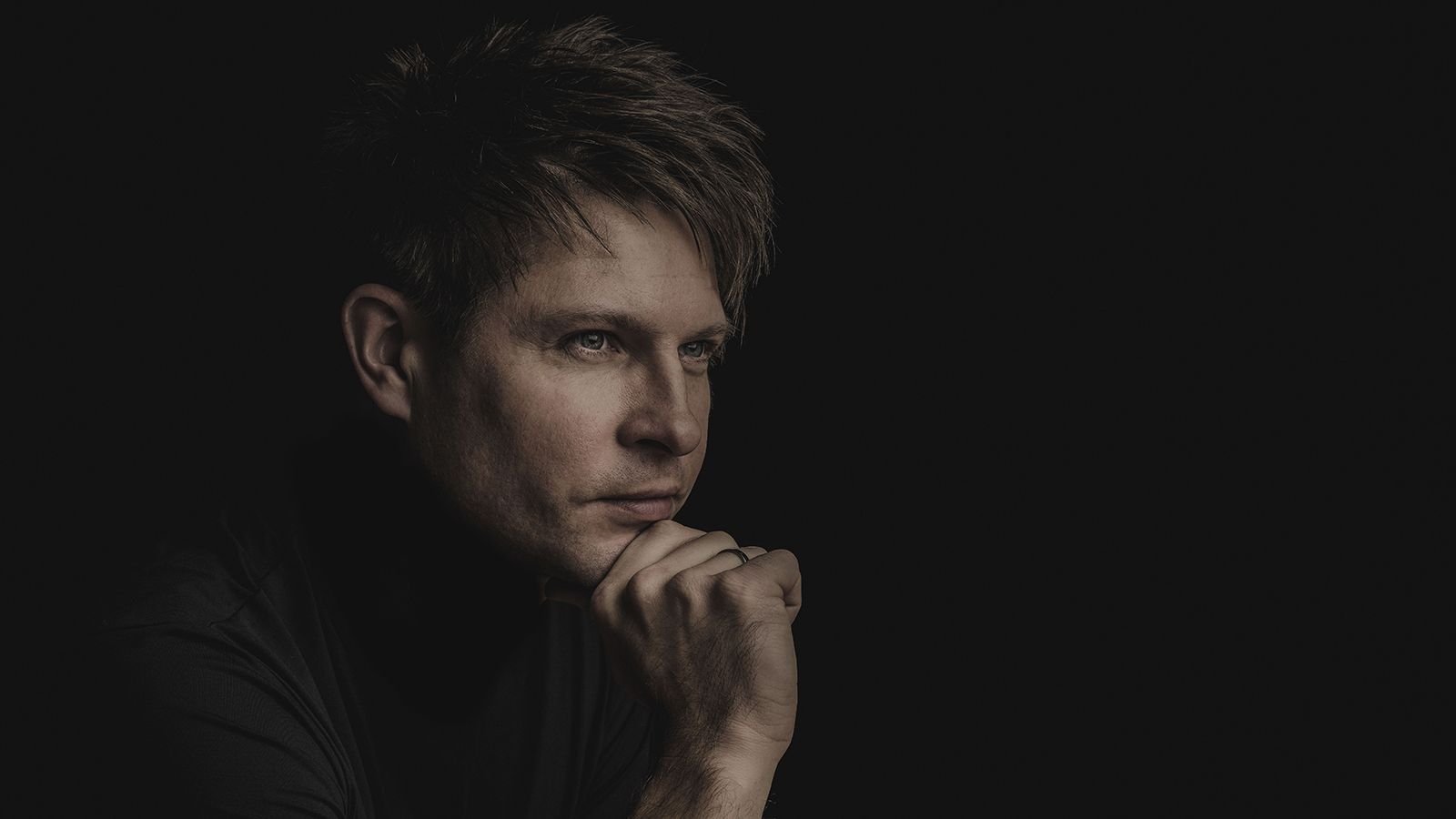Maxim Vengerov & Polina Osentinskaya

The Kennedy Center appeared to have a slightly beefed-up security presence for Russian-Israeli violinist Maxim Vengerov’s recital on Tuesday in the Concert Hall, just hours after the big demonstration on the Mall, but everything came off without incident. Vengerov, still in his prime (late 40’s), is a sovereign artist who has been performing on the world’s biggest stages since he was ten and has released dozens of recordings of all the major repertoire. He memorized his entire program of duo repertoire -- Brahms, Schumann, and Prokofiev (with Rachmaninoff encores) – which would ordinarily be seen as upstaging his recital partner, but pianist Polina Osentinskaya was hardly in the background, contributing thrusting, even sometimes ostentatious, ideas (and covering him up more than a few times in the Prokofiev D major Sonata).
Though a small man, Vengerov produces a uniquely large sound from his 1727 Stradivari; the G-string can almost mimic a trombone under his hands. Everything he does is like an actor in a huge amphitheater; phrases and musical gestures are often exaggerated, some bow-strokes are almost brutal, and he saves up vibrato for the most important “money notes.” This draws in the listeners in the farthest reaches of the hall, but it also makes for makes for tiring listening closer up.
In Clara Schumann’s delicate Three Romances, the two artists highlighted every change of key and/or mood, elevating an opuscule. They pulled the Brahms Sonatensatz almost to excess, trying to make it into a miniature epic, which (to these ears) it didn’t appreciate. Schumann’s Sonata No. 3 was very successful, though; both musicians capturing and conveying the fevered passion and schizophrenia that was plaguing the composer.
After intermission, Prokofiev’s Cinq Melodies and D major Sonata were rendered with virtuosity and affection, though Vengerov did strange things. In the first movement of the Sonata he changed note-values ever so slightly, making it sound unusually skittish; the triplets were always restless rather than even. In the Scherzo, his bowing wasn’t always precise, but the fast scales dazzled. The passagework in the Andante was imaginative and expressive, and the finale was boisterous and bumptious, even though Vengerov struggled to be heard in spots.
Three encores later, the artists finally sent the large (I’d say at least 85% capacity) and appreciative crowd home.





